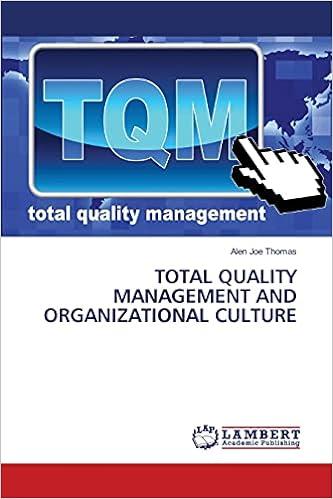Question
Part 1: The Phone Company (Phone) issues call options for a premium of $100 on December 1, Year 1. The call options give the holder
Part 1:
The Phone Company (Phone) issues call options for a premium of $100 on December 1, Year 1. The call options give the holder the right to buy 20 shares of Phone for $2,200 on December 31, Year 1. The contract may be settled, net (in cash or in shares) at the option of Phone. On December 31, Year 1, the shares are worth $2,500 and the options are exercised. Phone decides to settle gross and receives $2,200, delivering the 20 shares of Phone.
Instructions:
How would the above series of transactions be accounted for under the US GAAP and IFRS? Prepare the required journal entries for December 1 and December 31, Year 1, with detailed explanations of the basis for each dollar journal entry amount, and a detailed journal entry explanation with appropriate reference(s) to the accounting literature for both standard setters for each respective journal entry.
Part 2:
The Gas Company (TGC) recently issued a 10-year long-term note of $100 million, the proceeds of which are to be used for new gas exploration equipment. One of the borrowing requirements was that the interest rate on the note had to be variable at 4% over the London Interbank Borrowing Rate (LIBOR). Because TGC is subject to stringent rate-setting requirements by the Public Service Commission, TGC wants to fix its borrowing costs to a fixed rate of interest. Accordingly, TGC enters into an interest rate swap with a bank, whereby TGC will pay a fixed interest rate of 7% and receive a variable rate of interest that will be 4% over the LIBOR rate. The terms of the interest rate swap call for a notional payment of $100 million and the length of the swap, the settlement and the reset provisions on the interest payments and rates match those under the long-term note borrowing. There are no prepayment or option features.
Determine how TGC would determine whether the interest-rate swap meets the criteria for hedge accounting, and, more specifically, whether it qualifies under the short-cut method in assessing hedge ineffectiveness under the US GAAP and under IFRS.
Be very specific and detailed in your response, making references to any respective literature or pronouncements of both standard setters.
Is your answer with regards to the US GAAP affected at all by the recent FASB update in ASU2017-12? If not, explain why not; if yes, explain, specifically, how your answer differs from your original answer, including the effective date under the US GAAP for the change.
Step by Step Solution
There are 3 Steps involved in it
Step: 1

Get Instant Access to Expert-Tailored Solutions
See step-by-step solutions with expert insights and AI powered tools for academic success
Step: 2

Step: 3

Ace Your Homework with AI
Get the answers you need in no time with our AI-driven, step-by-step assistance
Get Started


